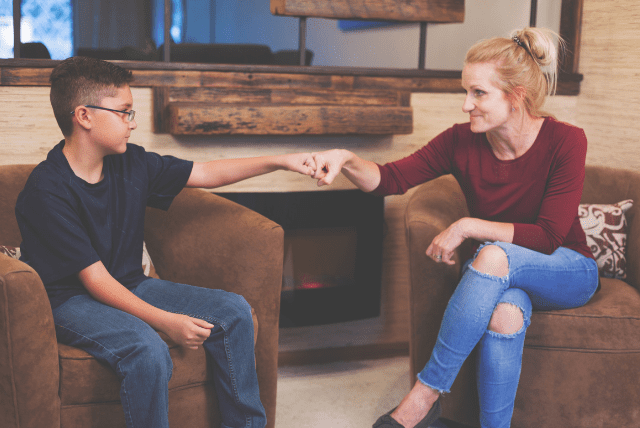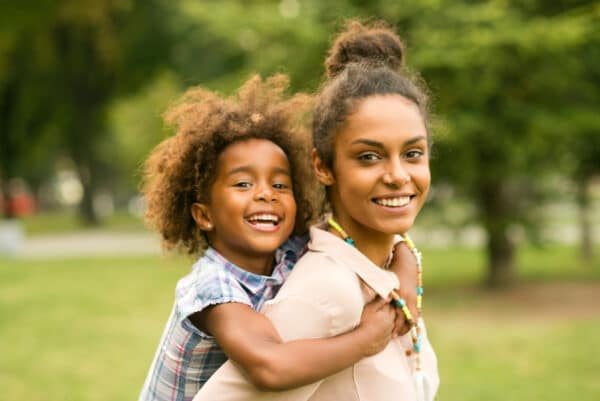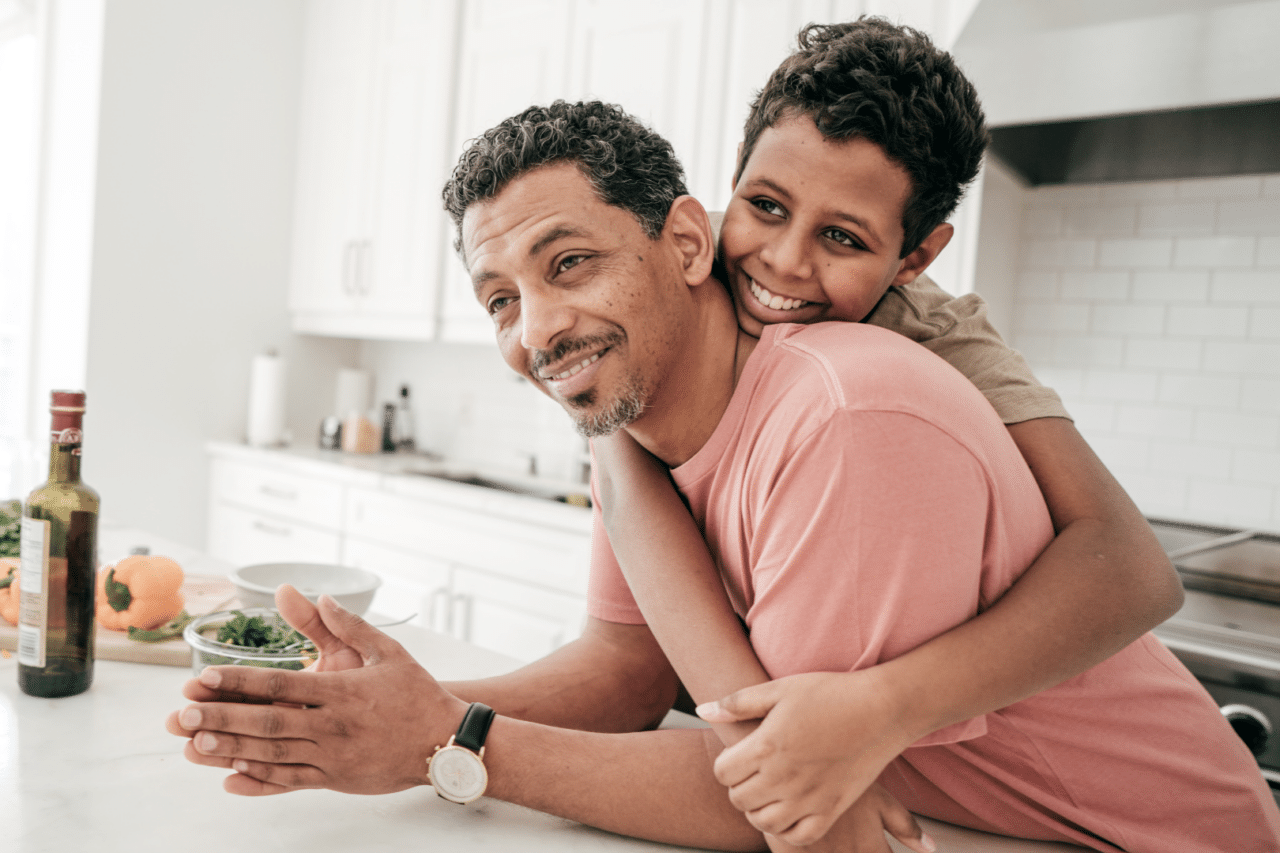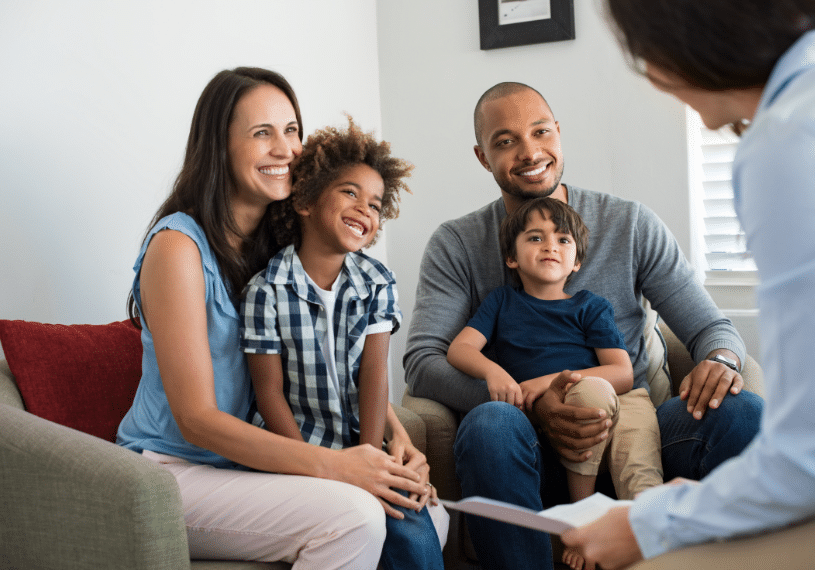Helping Children and Their Families when a Child Struggles with Anxiety
Helping Children and Their Families when a Child Struggles with Anxiety

We must always keep in mind that children and adolescents who join their families through adoption, even those adopted at birth, have developmentally adverse early experiences that affect their neurobiology. It’s important to consider whether presenting symptoms might be the result of chronic or severe anxiety.
Common symptoms include social withdrawal, ‘spaciness,’ oppositional or aggressive behaviors, hyperactivity or physical agitation, tantrums, sleep or toileting difficulties, and food issues. Parents can become exhausted and frustrated if they try to correct these symptoms without addressing the source.
Chronic or severe anxiety can be an indication that the child has hit a developmental roadblock. A major possibility is that the child’s developing capacity to regulate their internal state has been outpaced by the demands of their environment.
Parents are an ideal healing agent, the ones best positioned to help the child feel safe and supported as they learn to regulate their reactive brains and bodies, a process that requires a lot of repetition.
During preliminary therapy sessions at C.A.S.E., we explore the parent’s reactions to the child’s anxiety-induced behaviors, and together we work on ways for the parent to stay calm and connected to the child who is experiencing internal discomfort or chaos.
At the Center for Adoption Support and Education (C.A.S.E.) we teach families about the important function of anxiety and how it affects our brains and bodies. Anxiety alerts us to potential danger by triggering a primitive neurobiological response in our brain known as the survival response (fight/flight/freeze). What follows is a cascade of physiological changes that temporarily render the more complex functions of our brain (e.g., logic, language, decision-making) inaccessible.
Healthy, mature brains can ‘down-regulate’ (return to a calm state) quickly after the survival response so that cognitive functions can be accessed, and deliberate choices can be made. Brains that are immature, developmentally compromised, or have experienced trauma tend to have a hair-trigger survival response that results in outsized and long-lived physiological dysregulation (child remains upset or out of control). These stress-sensitive brains, which many adopted children have, require developmentally corrective experiences, such as co-regulation by a trusted caregiver.
How do we facilitate parents’ ability to ‘co-regulate?’
At C.A.S.E. we work with the parent and child to develop a repertoire of playful, sensory-rich, non-verbal interactions that calm the child’s over-reactive nervous system. These techniques are often similar to those that parents use to soothe distressed infants and toddlers: holding, rocking, soothing, singing, brushing their hair, providing healthy nourishment u2013 anything that helps the child return to a calm state. The goal is for the child to eventually learn ways to self-comfort and calm themselves.
With children who were separated from their birth parents at very early ages, before their ability to remember was fully developed, it’s crucial to explore whether their evolving understanding of their adoption story is a source of anxiety. As they mature, children’s minds interpret new layers of their adoption history, often in ways that parents do not detect.
Once again, the source of anxiety may be cognitive distortions (e.g., kids sometimes start to believe that they were stolen from their birth parents, or they fear that their birth parents will steal them from their adoptive family). Another common source of anxiety is ‘ambiguous loss’-when a child begins to understand that adoption involves the loss of significant people, but does not have the ability or opportunity to grieve the loss of someone they cannot contact or remember. Especially children adopted at older ages may develop anxiety from their unprocessed grief. With these children, I use expressive therapy techniques-particularly art and writing-to help them process their grief.
For some children, the developmental roadblock can be traumatic events that they experienced but cannot make sense of. When children have incomplete memories (common in trauma), their brains automatically fill in the gaps. This process leads to distorted beliefs about an event, such as believing that what happened was their fault. A child may then develop chronic or severe anxiety because they live in fear that they will unwittingly make another life-altering mistake.
When working with a child burdened by distorted beliefs, while the parent helps the child to stay regulated, we also want to gradually encourage the child to re-examine the traumatic event/experience with the goal of working to correct/change the child’s distorted beliefs.
If your child or adolescent is currently struggling with anxiety, please reach out to us to schedule your free consultation. Or if you live outside the Maryland, DC, Virginia area, we also offer a list of adoption-competent professionals who have been trained through our TAC program.
Written by Deborah Sanders, LCSW, C.A.S.E. Adoption-Competent Therapist












